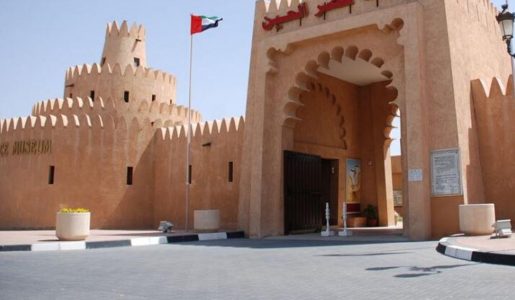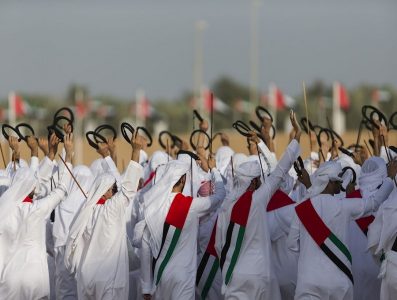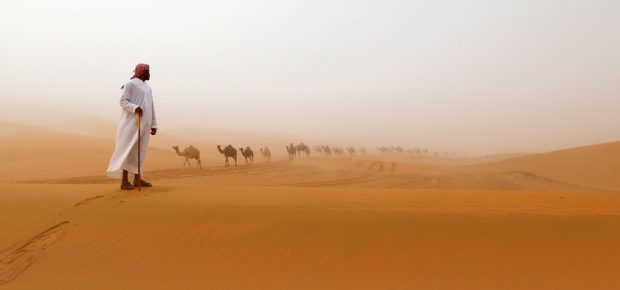The beautiful United Arab Emirates was formed as an independent federation on December 2nd, 1971 and originally included six emirates: Abu Dhabi, Dubai, Sharjah, Ajman, Umm Al Quwain and Fujairah.

Since the UAE is home to a large expatriate community, a number of other languages are widely spoken such as Persian, Hindi, Urdu, Bengali and Chinese. Since then, the seven Emirates have forged a distinct national identity.
The UAE’s political system combines tradition and modernism which enabled the country to develop a modern structure while ensuring that traditions of the past are maintained, adapted and preserved. Hosting such an international community in the Middle East, the UAE is filled with cultural heritage and diversity bringing absolute spontaneity and significance to the Arab world.
In nearly five decades, the nation has transformed from a tribal culture reliant on agriculture and fishing to an entrepreneurial success story with world-class luxurious infrastructure. The leadership has improved education, advanced health care and embraced change as the UAE modernizes, consistent with its history and cultural values.
Family is Key to the Emirati society and is based upon the long-held values of Emirati tribal kinship. Children are highly prized and families are close-knit, preferring to reside in the same neighborhood. The UAE Constitution guarantees equal rights for both sexes. Women are awarded the same legal status, access to education and employment, claim to titles and the right to inherit property.
THE BEAUTY OF THE UAE’S CULTURAL HERITAGE BRINGS VALUE TO ARAB STATES, AS NUMEROUS SITES ARE UNDER UNESCO HERITAGE
According to the World Economic Forum 2016, the UAE is a leading country in the region for equality. Women now play a major role across the workforce, including in the military, business, and government.

The beauty of the UAE’s cultural heritage brings value to Arab states, as numerous sites are under UNESCO heritage. The City of Sharjah was voted the Cultural Capital of the Arab World and houses a museum recording local history in the Sharjah Fort which was once the residence of the Ruling Family. Another hotspot is the oasis city of Al Ain, known as the ‘Garden City’ with its natural springs and palm groves, being another UNESCO World Heritage Site.
There is much to do in the town, from wandering the lush groves of palms to exploring its interesting landmarks and visiting the great Al Ain National Museum. This cultural institution exhibits archaeological finds from around the city including stone-age and bronze-age remains.
Also, it is a palace and former residence of Sheikh Zayed, who later became the president of the UAE. Most of the information throughout the palace is described in Arabic, so visitors need to get familiar with a little history before their visit. UAE is also famous for its contemporary literature, poetry and performing arts. They are taking their place in popularity particularly that of ‘spoken poetry’ which has its roots in historical tradition.

An example would be Nabati poetry which has long been known as the ‘people’s poetry’ and is still very much a part of modern literature and has over centuries recorded the lives and habits of changing civilizations.
The UAE has a rich culture and heritage that reflects traditional Arab and Islamic values. The modernization of the Emirates, new environment and terrain also influenced the lifestyle, making it a visitors hotspot in the Middle East.
by Mina Vučić